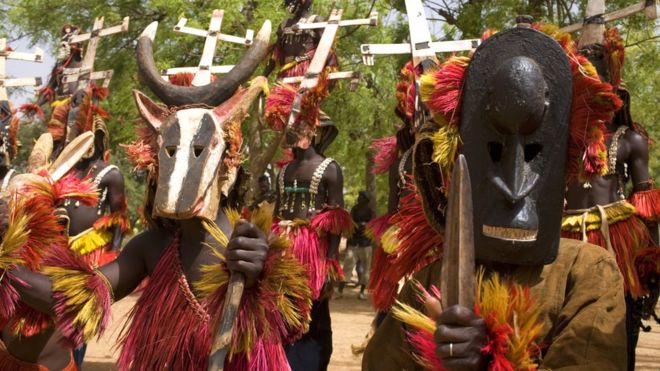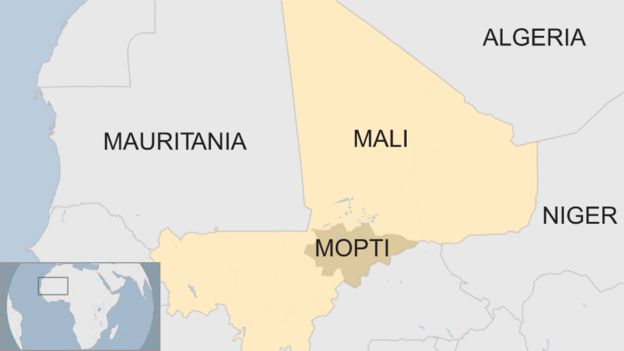
The UN has sent a team of investigators to central Mali where it says more than 150 people were killed over the weekend. A UN spokeswoman said the massacre in the village of Ogossagou marked a significant surge in violence across communal lines by so-called self-defence groups. They have become increasingly aggressive since 2015 when jihadists started carrying out attacks in the area.
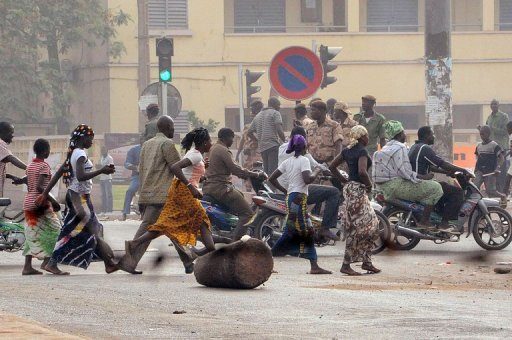
The UN says 600 people, including many women and children, have been killed in the Mopti region over the last year. The slaughter on Saturday of more than 130 Fulani herdsmen in central Mali, allegedly by members of the Dogon ethnic group, is the latest and most deadly incident in an increasingly violent conflict.

In 2018, 202 civilians were killed in communal violence in 42 incidents in Mali’s Mopti region, according to New York-based group Human Rights Watch. While there have been conflicts between the more settled Dogon people and the Fulani herders in central Mali for a long time, they have become increasingly violent since a militant Islamist uprising in the north of the country in 2012.
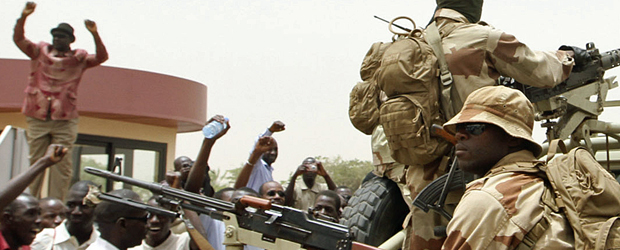
The government appeared to blame the Dogon self-defence group, Dan Na Ambassagou, for Saturday’s attack and has outlawed it, even though the group has denied any involvement. The Dogon people, who largely practise settled agriculture, have lived in the Bandiagara escarpment in central Mali for centuries. Homes carved into the limestone rock and the architecture, as well as the traditional way of life, led to the escarpment being declared a World Heritage Site 30 years ago.

The Fulani, known in Mali as the Peulh, are a largely Muslim ethnic group of semi-nomadic herders. Numbering at least 38 million, they are spread across West Africa, from Senegal in the west to the Central African Republic. Some have settled in cities but those who continue to herd cattle can range across vast distances and have at times come into conflict with agricultural communities.

Dogon people have often accused the Fulani of bringing their cattle onto their farms and destroying their crops. This has historically led to tension and at times violence between the groups, but competition over resources was frequently resolved by negotiation.
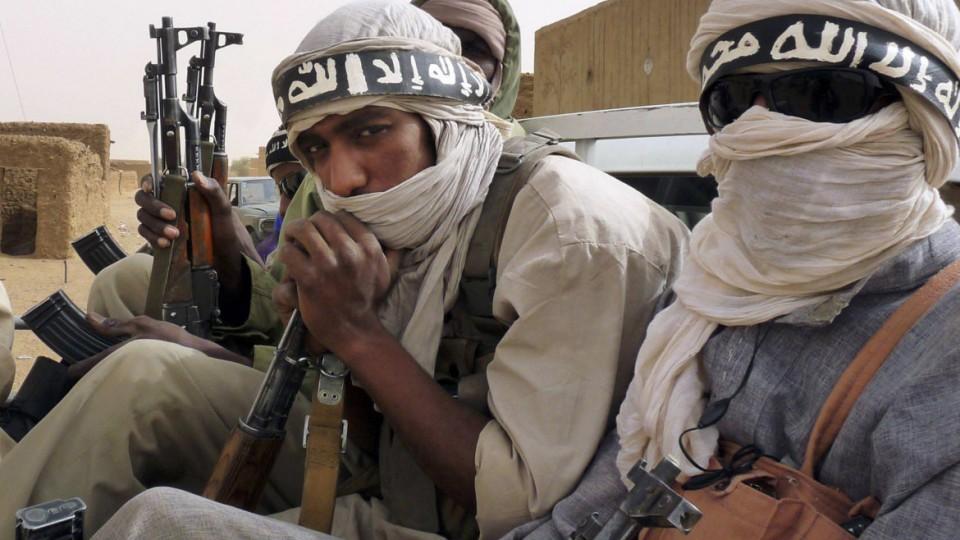
The Dogon, who have been victims of militant attacks, accuse the Fulani of aiding the jihadists. Meanwhile, the Fulani say that the Dogon self-defence groups have been armed by the government, and are carrying out atrocities against them, which is denied by the authorities.
